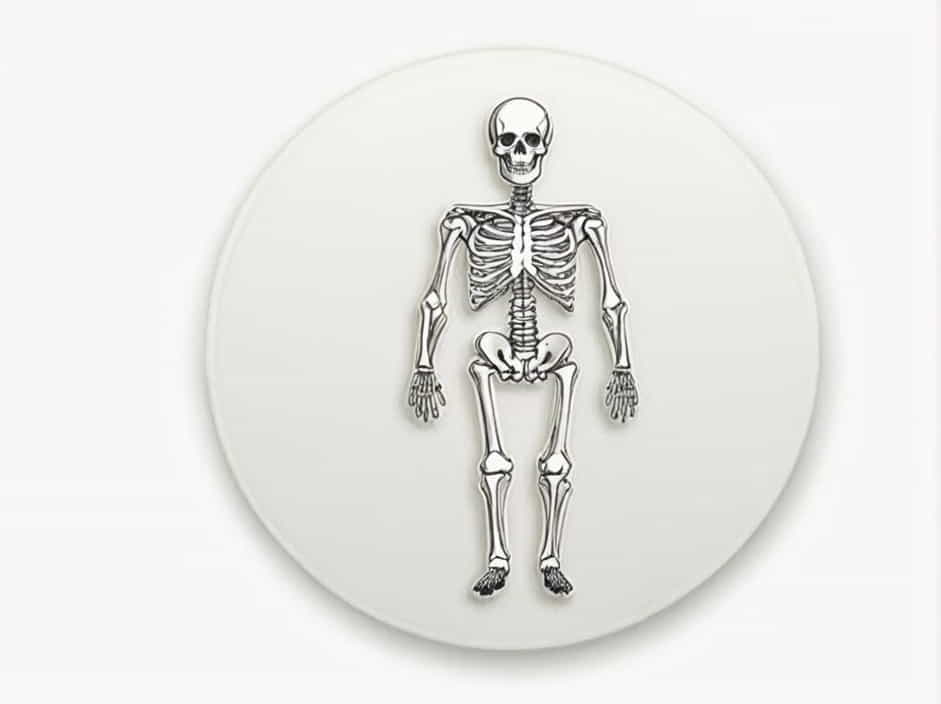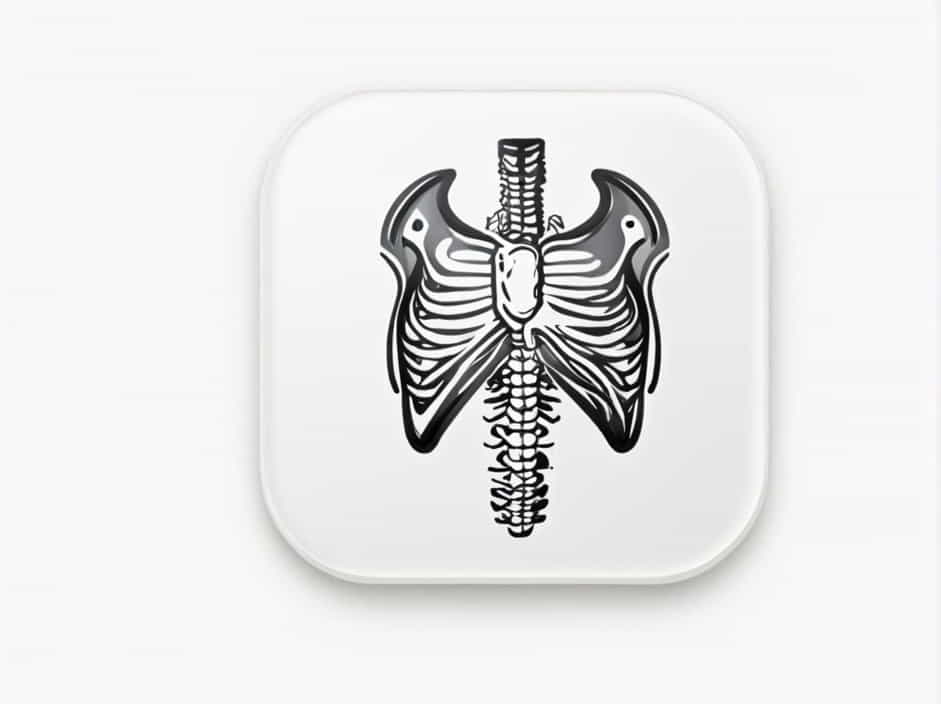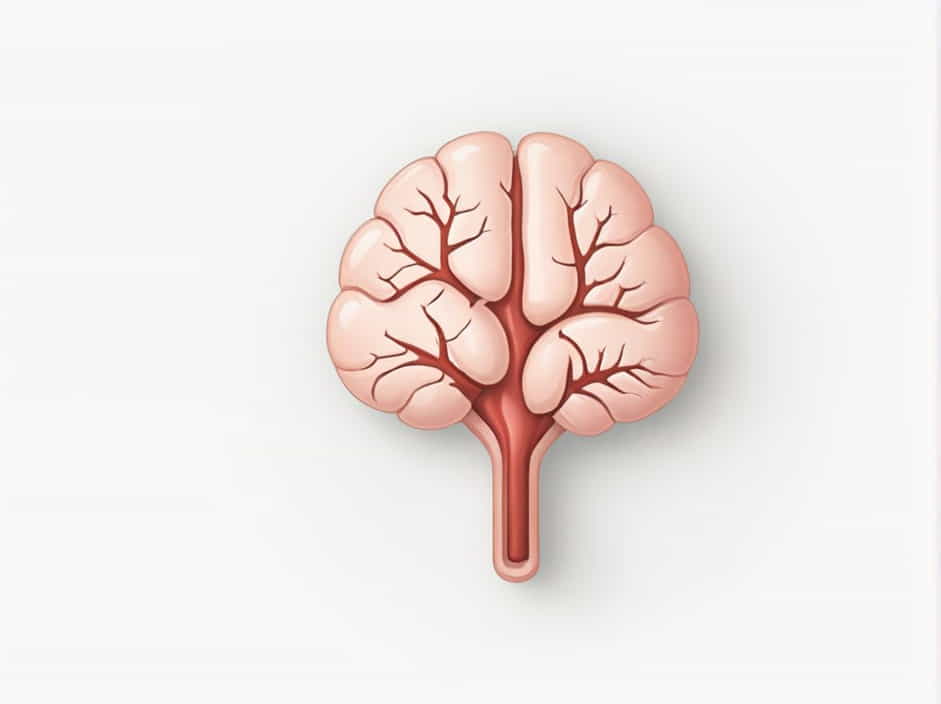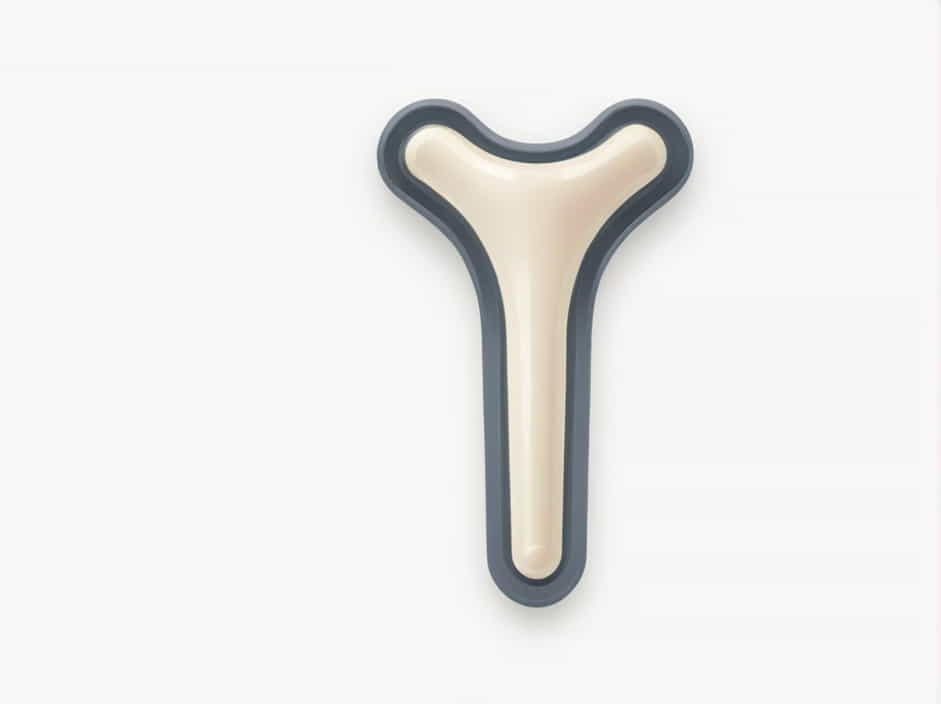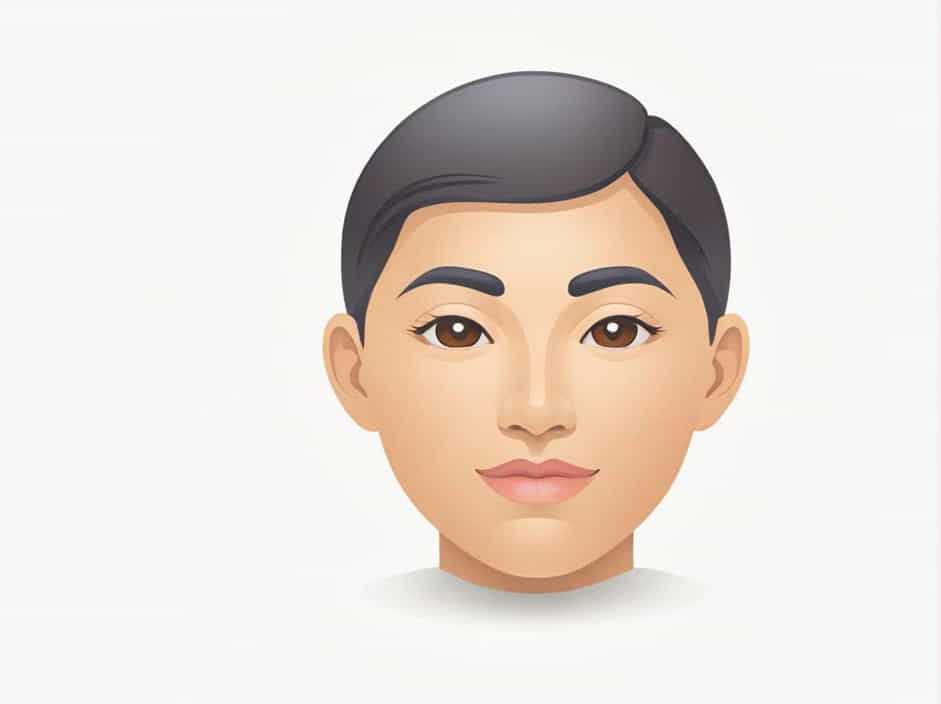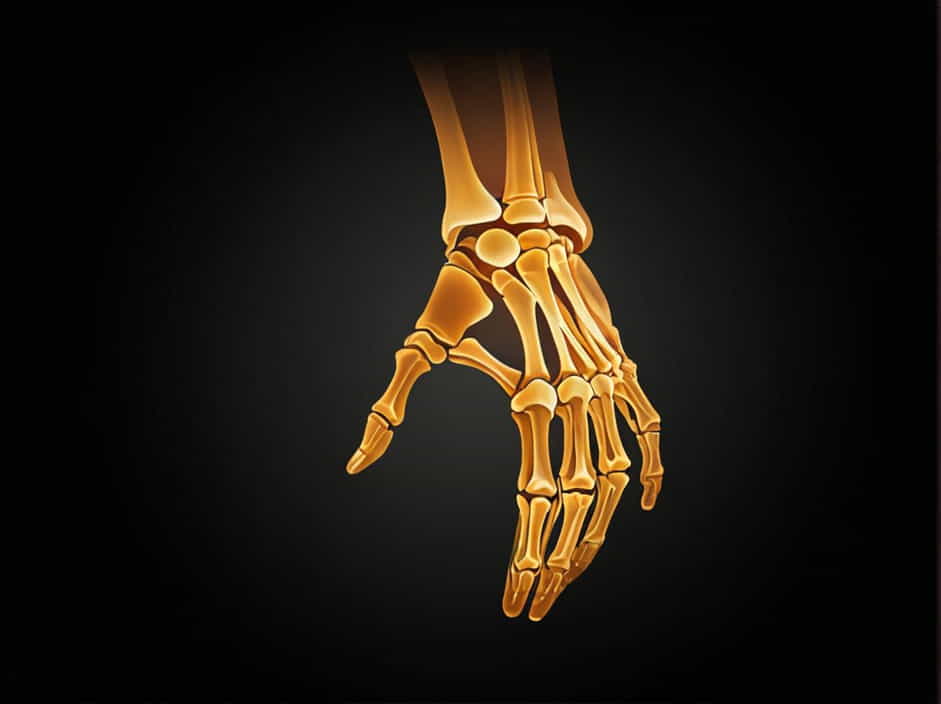Number Of Bones In Pectoral Girdle
The pectoral girdle, also known as the shoulder girdle, is a crucial part of the human skeletal system. It serves as the connection between the upper limb and the axial skeleton. Many people wonder, how many bones are in the pectoral girdle? The answer is simple: the pectoral girdle consists of 4 bones—2 clavicles and … Read more
